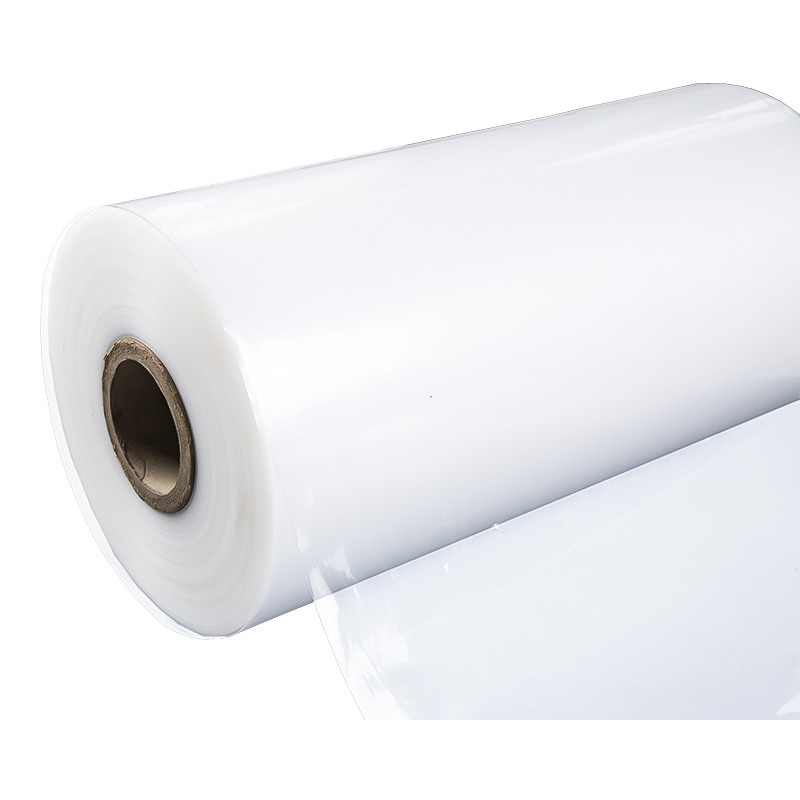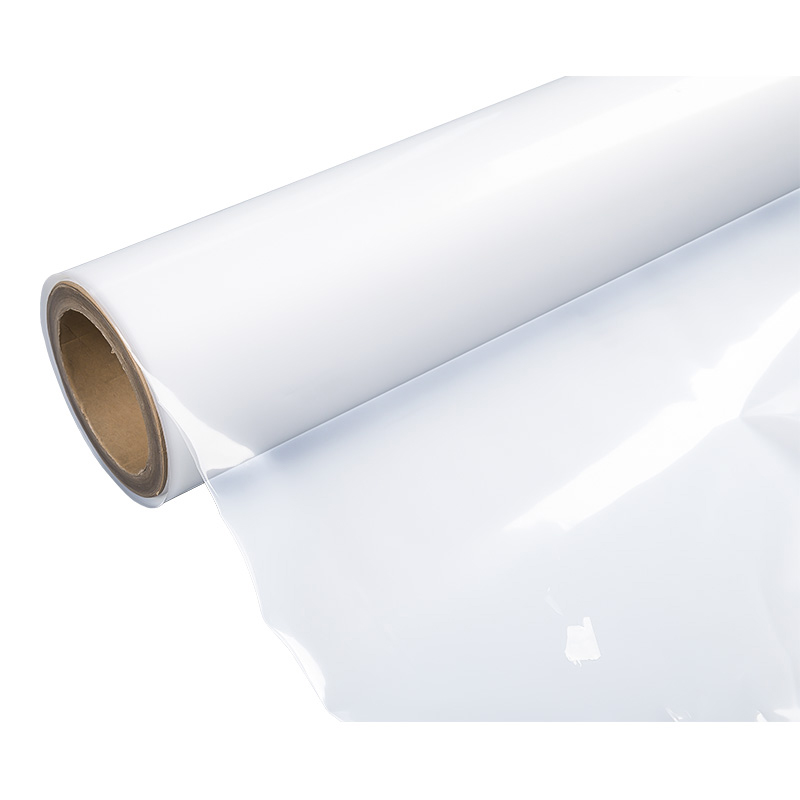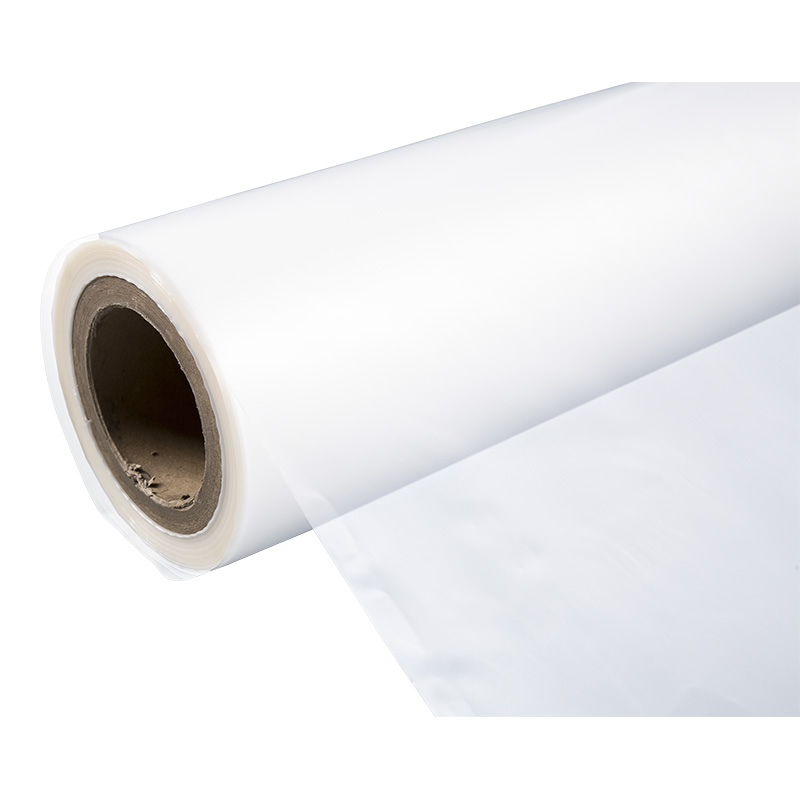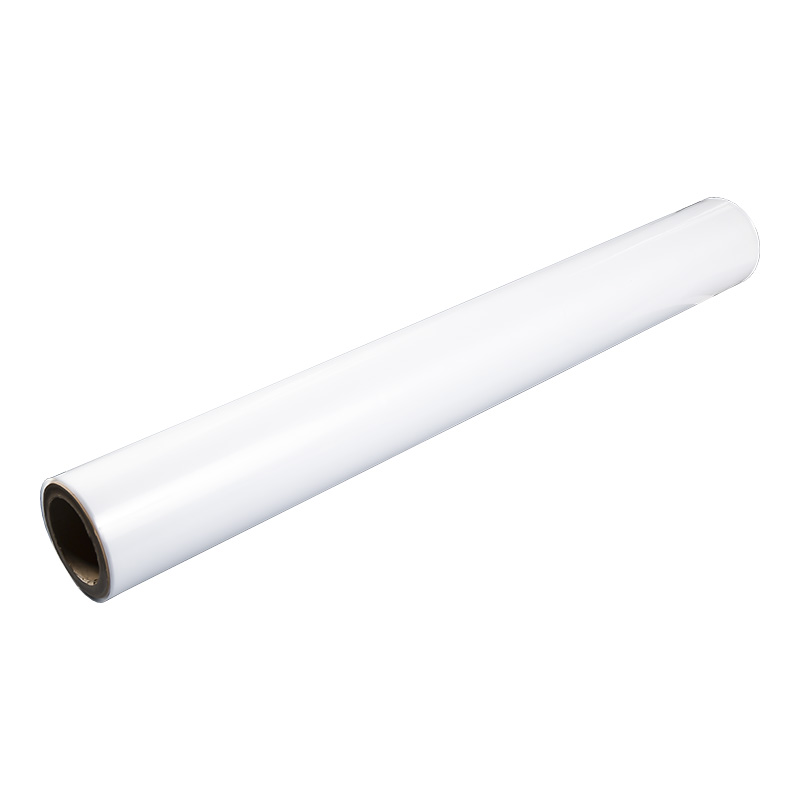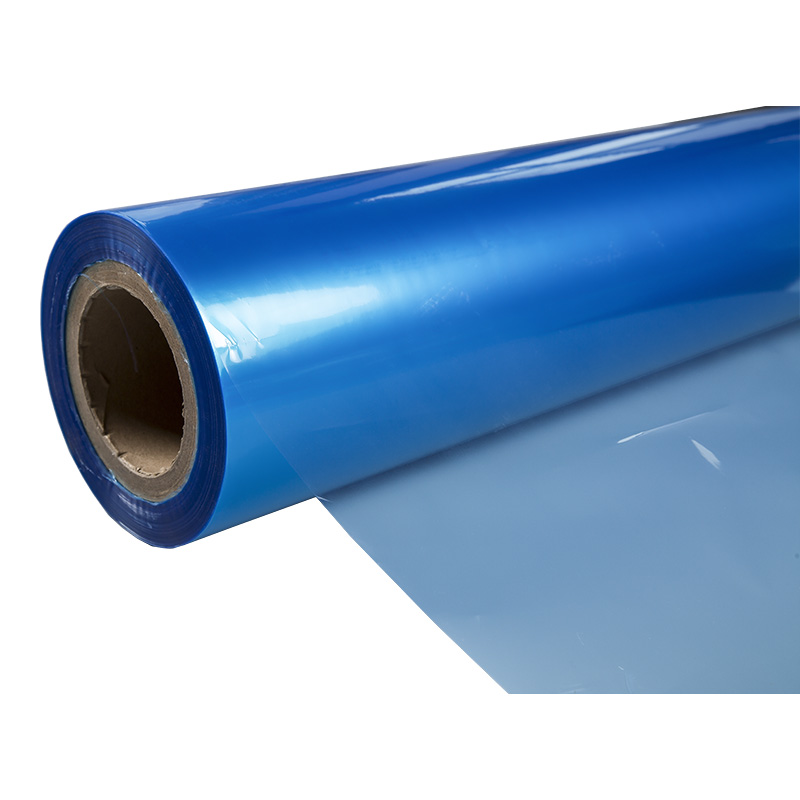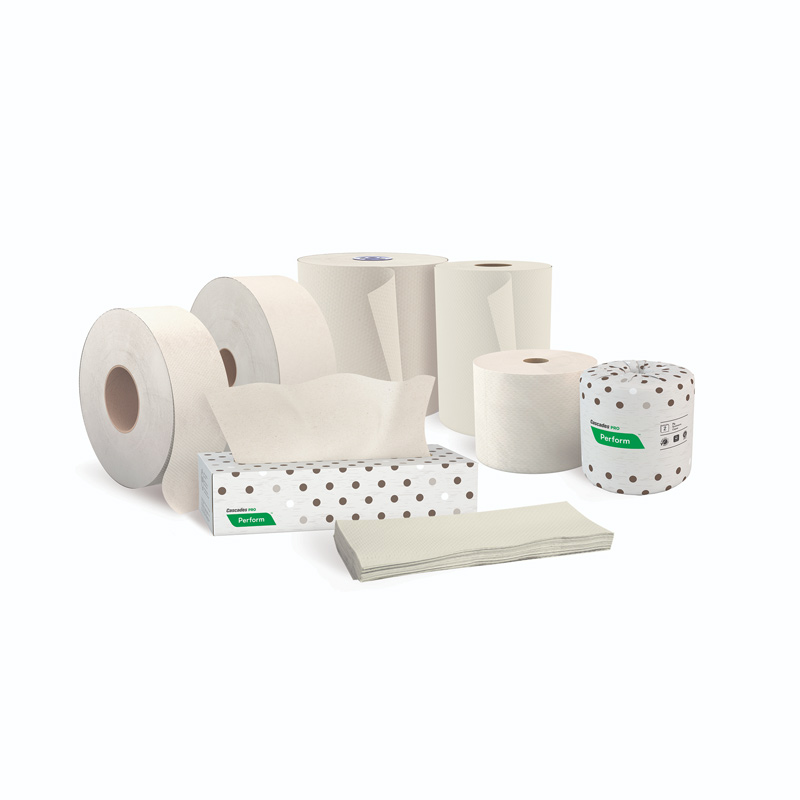Soy Milk Bag CPP/PE Film, a composite film bag used to hold soy milk, is mainly composed of cast polypropylene (CPP) and polyethylene (PE) materials. This composite film bag combines the advantages of both materials and provides an excellent packaging solution for liquid foods such as soy milk.
1. CPP material properties
a. High transparency: CPP material is known for its excellent transparency, allowing light to pass through with almost no obstruction. This allows consumers to clearly see the product inside the package, thereby increasing the product's appeal and consumers' desire to purchase. Due to the high transparency of CPP materials, the products inside the packaging are easier to detect and identify. This is vital for quality control and safety checks, helping to ensure products comply with relevant standards and requirements.
b. Excellent heat sealing performance: CPP materials can be sealed quickly and evenly under appropriate temperature and pressure. This rapid sealing capability not only improves production efficiency, but also ensures the sealing and safety of the packaging. The heat-sealed CPP material interface can form a high-strength sealing layer to effectively prevent the penetration of liquids, gases and microorganisms, thereby maintaining the quality and safety of the products in the package.
c. Good oil resistance and chemical resistance: CPP film has good resistance to oil and most chemicals, and is suitable for packaging foods containing oil, such as soy milk.
d. Better stiffness and strength: Compared with other materials such as PE, CPP film has higher stiffness and strength, making the packaging bag less likely to deform or break during transportation and storage.
e. Environmentally friendly and recyclable: CPP materials have good recyclability, comply with environmental protection requirements, and help reduce environmental pollution.
2. PE material characteristics
a. Good chemical stability: PE materials have strong resistance to chemicals such as acids and alkalis, and can protect foods such as soy milk from external contamination.
b. Excellent moisture resistance and anti-permeability: PE film has excellent moisture resistance and anti-permeability, which can prevent moisture and gas from penetrating, ensuring the freshness and taste of soy milk and other foods in the package.
c. Good flexibility and processability: PE film is soft and easy to process, and can be made into packaging bags of various shapes and sizes as needed to meet different packaging needs.
d. Economical and affordable: The cost of PE materials is relatively low, giving Soy Milk Bag CPP/PE Film a certain competitive advantage in price.
e. Environmentally friendly and degradable: PE material is a widely used recyclable plastic. By recycling and reusing PE waste, we can reduce the need for mining of primary resources, reduce energy consumption and reduce the pressure of waste on the environment. Recycled PE materials can be processed into new plastic products to achieve resource recycling.
3. Characteristics of CPP/PE composite membrane
a. Superior comprehensive performance: CPP/PE composite film combines the advantages of two materials. It not only has the high transparency and heat sealing performance of CPP, but also has the moisture resistance and anti-permeability of PE, providing a comprehensive range of solutions for liquid foods such as soy milk. packaging protection.
b. High safety: CPP/PE composite film complies with food-grade safety standards and will not pollute or release harmful substances to foods such as soy milk, ensuring food safety.
c. Easy to print and decorate: The surface of CPP/PE composite film is flat and smooth, and it is easy to print various patterns and text information, which improves the aesthetics and market competitiveness of the product.
d. Diversified applications: In addition to being used for soy milk packaging, CPP/PE composite films can also be widely used in other packaging fields such as liquid foods, sauces, and condiments.
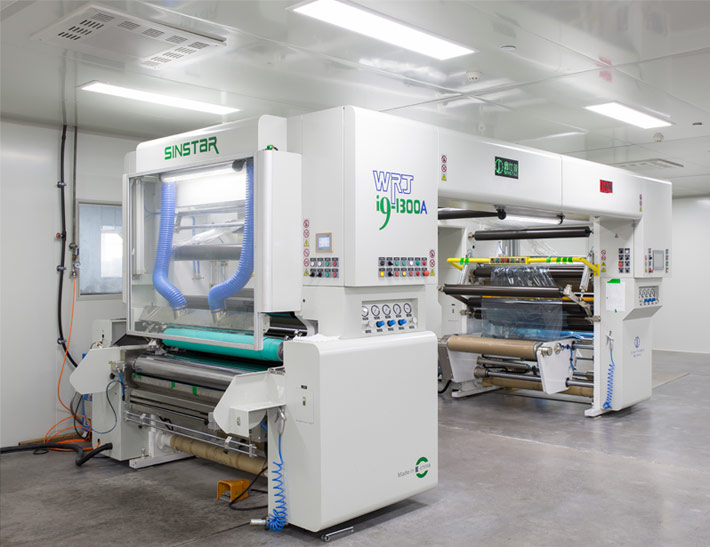
 +86 139-6715-0258
+86 139-6715-0258 
 Monday to Friday 8 am. to 6 pm.
Monday to Friday 8 am. to 6 pm. 
 English
English 中文简体
中文简体